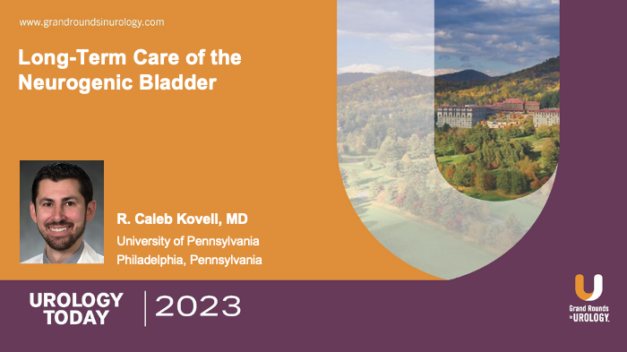In-Office Management of Female SUI: Optimizing Productivity
Robert J. Evans, MD, FACS, presents guidance on how practice leaders can optimize in-office management of female stress urinary incontinence. He begins with a review of pre-visit intakes, and best-practices for gathering pertinent information in the office intake form.
Dr. Evans then turns to appropriate delegation of tasks within the practice, noting that APPs can evaluate patients in-office and initiate some treatments for female stress urinary incontinence. Additionally, the patient’s gynecologist can provide additional insight into treating female stress urinary incontinence.
Dr. Evans concludes by reviewing best practices for in-office procedures, and reiterates the importance of delegating tasks appropriately. APPs are a practice’s greatest resource for optimizing patient treatment in-office.
Read More




